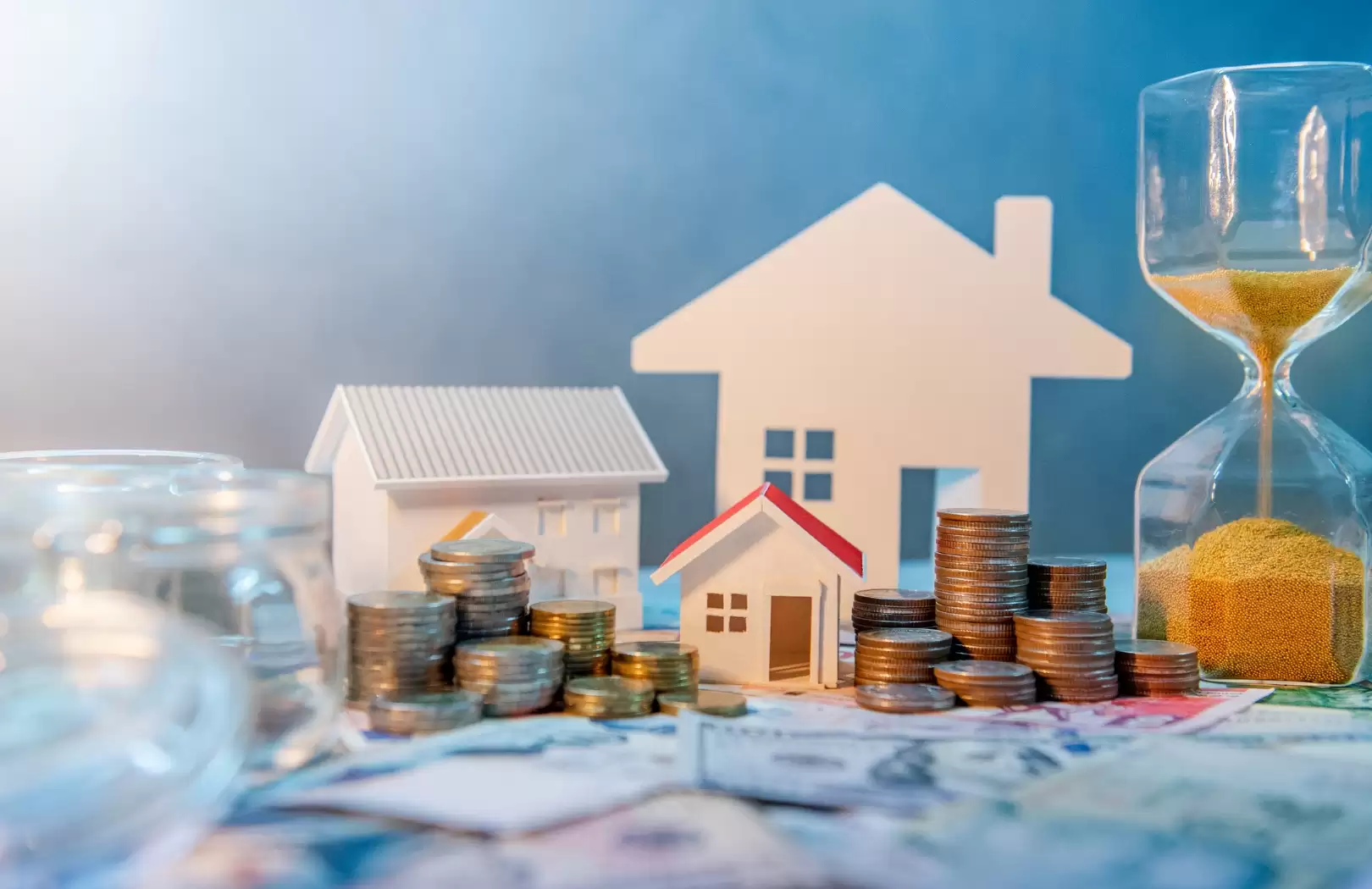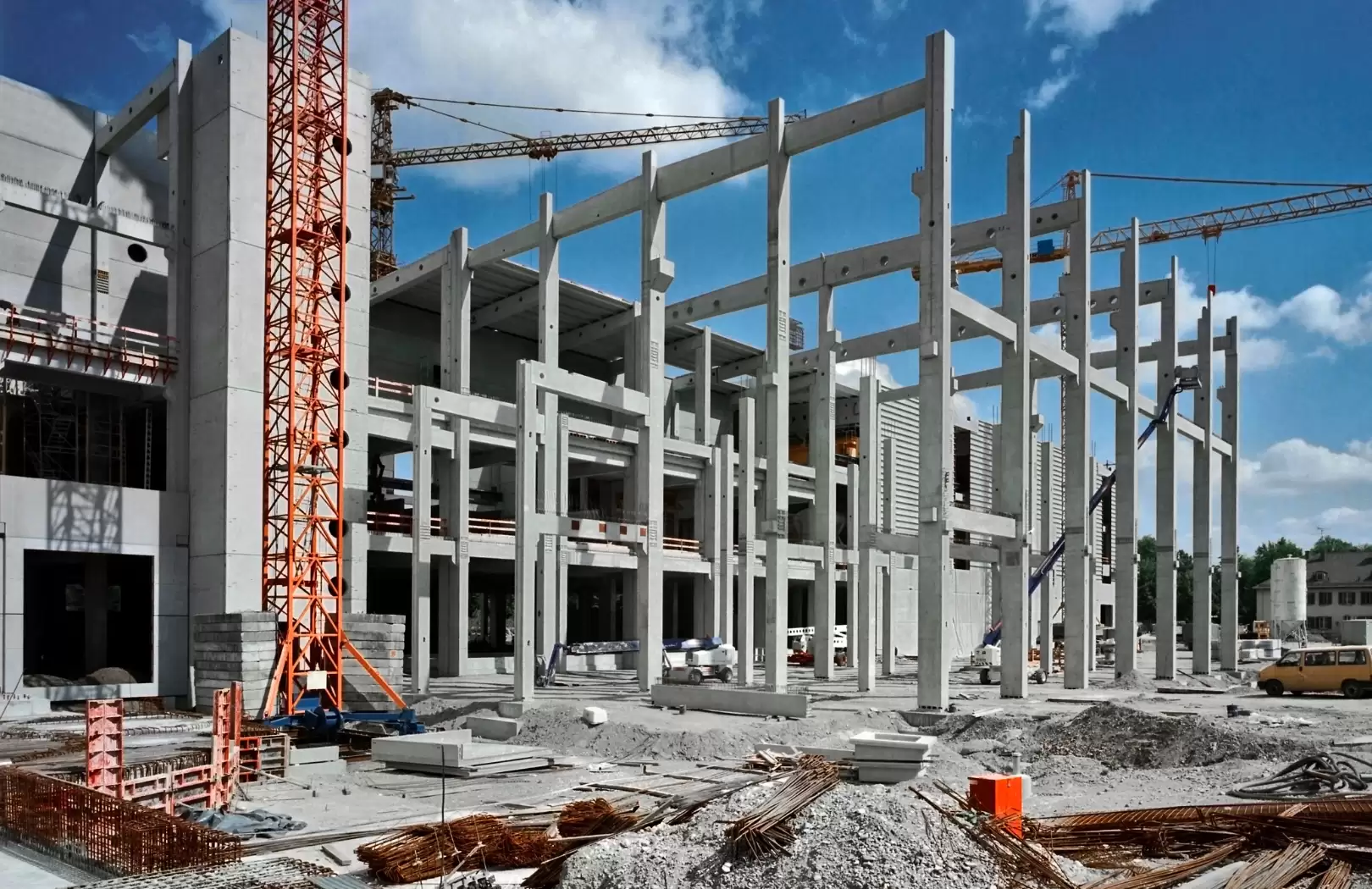Designing with Nature - Sustainable Architecture in Lombok

As the world becomes more conscious of environmental challenges, the demand for sustainable architecture has surged—particularly in pristine, developing destinations like Lombok. With its unspoiled landscapes, coastal beauty, and tropical climate, Lombok presents not just a stunning canvas for architecture but also a critical responsibility: to build with respect for nature.
Sustainable architecture is no longer just a trend; it’s a necessity. In this article, we explore how sustainable building practices are shaping the future of Lombok’s development, why it matters, and how Lombok Constructions is leading the way with nature-integrated design strategies.
1. Why Sustainability Matters in Lombok
Lombok is experiencing rapid growth as both a tourism hub and a desirable real estate destination. With government-supported initiatives like the Mandalika tourism zone, international investors and private homeowners are eyeing the island for long-term projects. But growth comes with a cost.
Unchecked development can lead to:
- Deforestation
- Water pollution
- Disruption of traditional communities
- Visual and environmental degradation
Sustainable architecture mitigates these risks by harmonizing construction with the surrounding ecosystem rather than imposing upon it. It promotes longevity, energy efficiency, and social responsibility—values that resonate deeply with both eco-conscious buyers and local communities.
2. Understanding Sustainable Architecture
At its core, sustainable architecture focuses on minimizing the negative environmental impact of buildings through efficiency and thoughtful design. Key principles include:
- Site-sensitive design: Working with the land’s natural contours, not against them.
- Energy efficiency: Reducing the building's dependence on fossil fuels.
- Water conservation: Through greywater recycling, rainwater collection, and efficient plumbing.
- Material sustainability: Using local, renewable, or recycled materials.
- Indoor environmental quality: Promoting natural airflow, daylight, and non-toxic finishes.
In tropical environments like Lombok, sustainable architecture often takes cues from traditional Indonesian homes—structures that naturally ventilate, shade, and protect.
3. Building with the Climate: Lombok’s Tropical Advantage
Lombok’s tropical climate, while beautiful, poses challenges: intense sun, heavy rain, high humidity, and occasional earthquakes. Sustainable design embraces these conditions rather than fighting them.
Passive cooling techniques:
- High ceilings and open layouts that allow hot air to rise and escape
- Cross ventilation through window positioning
- Wide overhangs to shade walls and windows from direct sun
- Use of natural materials like bamboo and alang-alang thatch that breathe and insulate
Rain and humidity adaptation:
- Sloped roofs to allow heavy rain runoff
- Natural drainage integration in landscape design
- Mold-resistant materials in high-humidity zones
Lombok Constructions incorporates these features into every project, combining traditional wisdom with modern engineering for comfort without over-reliance on air conditioning or artificial lighting.
4. Local Materials, Global Vision
One of the cornerstones of sustainable construction is using locally sourced materials. This reduces the carbon footprint associated with transport and supports local economies.
Common eco-friendly materials in Lombok include:
- Bamboo: Rapidly renewable, flexible, and earthquake-resistant.
- Teak and coconut wood: Durable hardwoods used responsibly.
- Stone and lava rock: Naturally available, ideal for walls and pathways.
- Alang-alang (grass) thatch: Used in traditional roofs, provides insulation and aesthetic appeal.
When combined with modern sustainable innovations—like insulated glass, recycled aluminum, or solar panels—these materials bridge the gap between cultural authenticity and 21st-century performance.
5. Eco-Innovation: Technology Meets Tradition
Sustainability doesn’t mean giving up comfort or innovation. Many of the most advanced green technologies are now more affordable and suitable for residential projects. For example:
- Solar panels and batteries: Reduce grid reliance and support off-grid living
- Greywater systems: Reuse water from sinks and showers for irrigation
- Composting toilets: Great for remote or eco-lodges
- Low-flow plumbing fixtures: Save water without sacrificing performance
- Smart home energy monitoring: Helps manage and optimize usage
Lombok Constructions offers customizable packages where clients can select which technologies to integrate, based on their priorities and budget.
6. Integrating Landscape Architecture
A sustainable building isn’t just about the structure—it’s about the space it occupies. Landscape architecture is essential in designing properties that interact positively with their environment.
Principles we implement:
- Preserving natural features: Keeping trees, boulders, and slopes intact
- Using native plants: Require less water and maintenance
- Creating natural cooling zones: Gardens and water features that reduce surrounding temperatures
- Soil preservation: Preventing erosion, especially in sloped or coastal sites
Instead of clearing land completely, Lombok Constructions takes a minimal intervention approach—building around nature whenever possible.
7. Designing for the Community
Sustainability is also social. In Lombok, where community ties are strong and cultural traditions respected, it’s important for development to benefit not just investors but also locals.
Community-conscious construction includes:
- Hiring and training local workers
- Respecting traditional land uses and village boundaries
- Involving local artisans in design features (e.g., hand-carved panels, woven elements)
- Offering educational site visits and eco-tourism options
These practices not only reduce friction but also create a sense of shared ownership and pride. A sustainable villa in Lombok should feel like a gift to its surroundings, not a foreign imposition.
8. Case Studies: Sustainability in Action
Case Study 1: Eco Villa in Selong Belanak
A 2-bedroom villa built with a bamboo frame and polished concrete floors. Solar panels provide 80% of energy needs, while rainwater tanks support irrigation and greywater toilets. Native plants surround the villa, creating a micro-ecosystem that attracts birds and pollinators.
Case Study 2: Boutique Resort in Kuta
Comprising five cottages, this resort uses alang-alang roofs, LED lighting, and natural ventilation throughout. Rooms are oriented to maximize morning light and minimize afternoon heat. A permaculture garden supplies the kitchen, reducing the need for outside produce.
These projects, managed by Lombok Constructions, prove that sustainable doesn’t mean compromising on style, comfort, or profitability.
9. Cost Considerations and ROI
It’s a myth that building sustainably always costs more. In fact, sustainable buildings often save money over time through:
- Lower energy and water bills
- Reduced maintenance
- Increased property value
- Stronger appeal for eco-tourism and long-term rentals
Yes, some systems (like solar or advanced insulation) involve upfront costs, but these are offset by long-term returns. More importantly, they future-proof your investment against rising utility prices and evolving buyer preferences.
Lombok Constructions provides transparent cost-benefit analyses to help clients make informed decisions on what sustainable features suit their goals and budget.
10. The Future is Green: A Commitment to Sustainability
As Lombok grows, the choices made today will shape the island’s future for generations. Will it become another overdeveloped coastline, or a model for sustainable island development?
At Lombok Constructions, we believe in the latter. Every design decision is a vote for a greener future—whether it's the use of bamboo, the orientation of a window, or the planting of a single tree.
We’re committed to helping clients build not just structures, but legacies—homes and spaces that live in harmony with their environment and community.
Conclusion: Nature is Not a Backdrop—It’s the Blueprint
Designing with nature in Lombok is more than a style—it’s a philosophy. One that respects the environment, serves the community, and rewards the investor. Whether you're planning a villa, boutique resort, or eco-retreat, sustainable architecture offers a way to live and build responsibly.
If you're ready to begin your journey into sustainable living and design in Lombok, let Lombok Constructions guide the way—with integrity, creativity, and a deep respect for this extraordinary island.


